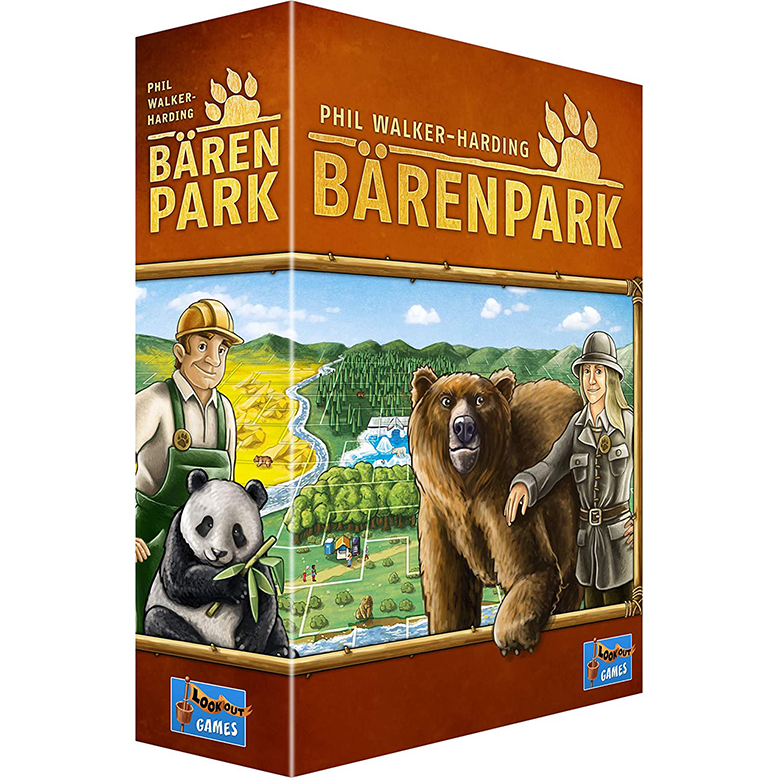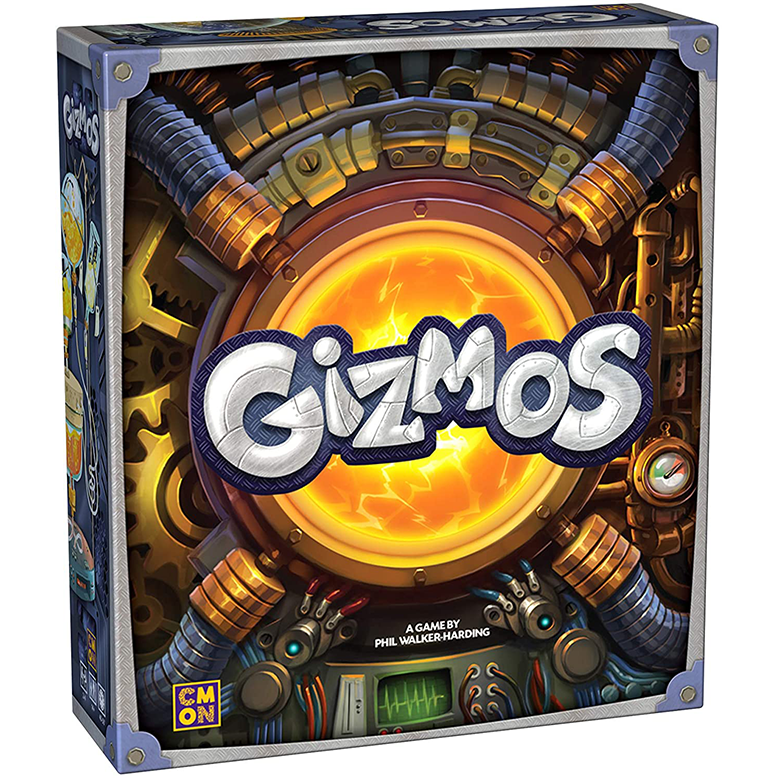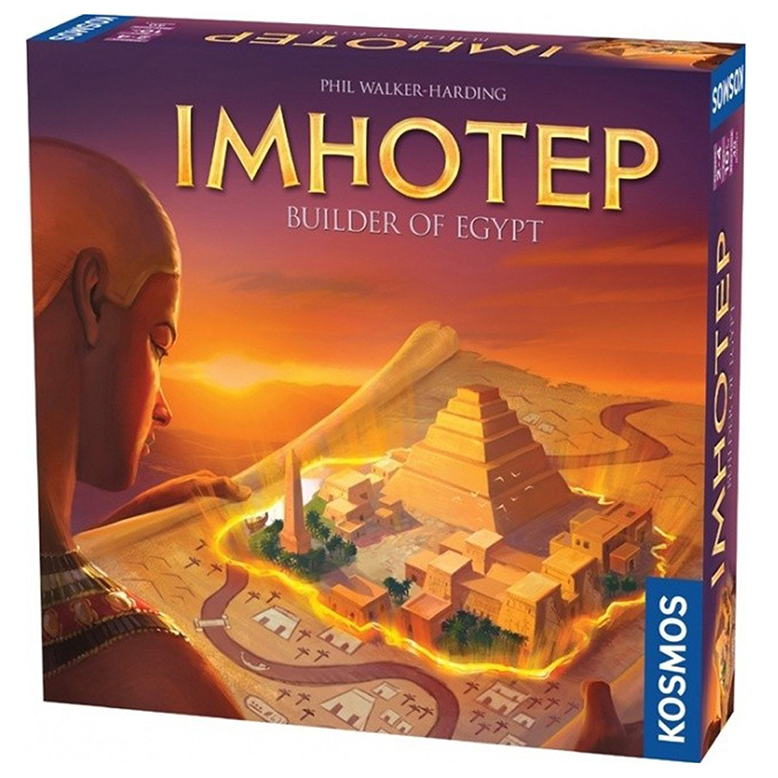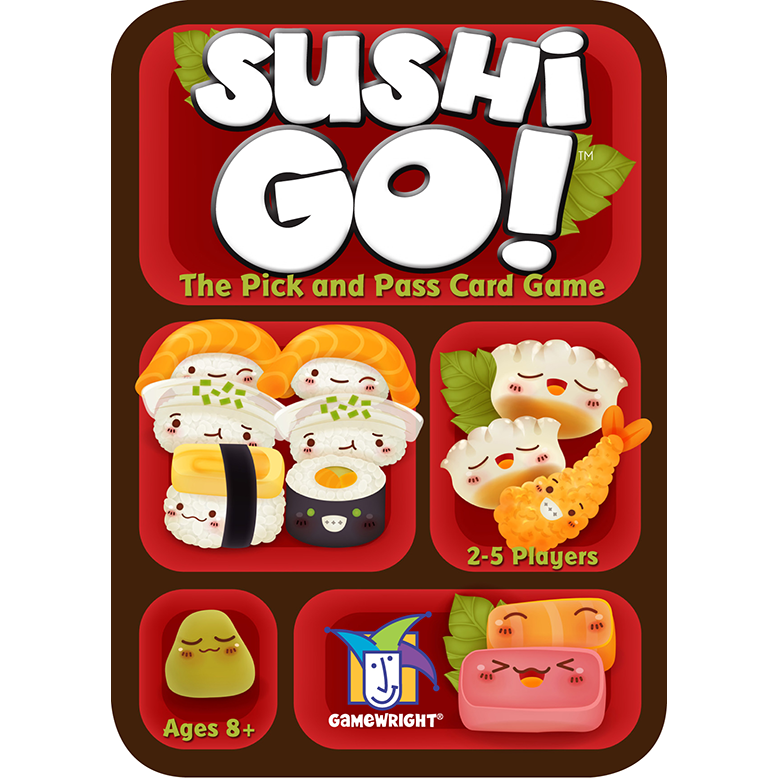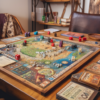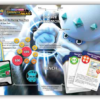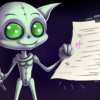For many board game enthusiasts, designing your own board game is a shared passion by many and is fueled by the many experiences with family and friends around the table playing games. In this interview, I get the opportunity to ask Phil Walker-Harding, the designer of many popular board games and a Sydney local, questions about his taste for board games, successes, and design process.
Tell us about yourself?
I am a board game designer from Sydney! I am probably best known for Sushi Go! but have also designed other games like Imhotep, Bärenpark, Gizmos, and Cacao. I have been designing for almost 15 years now, which is pretty hard to believe. It started out as a hobby, self-publishing my designs, but now I work with other publishers. I also work part-time at my church during the week.
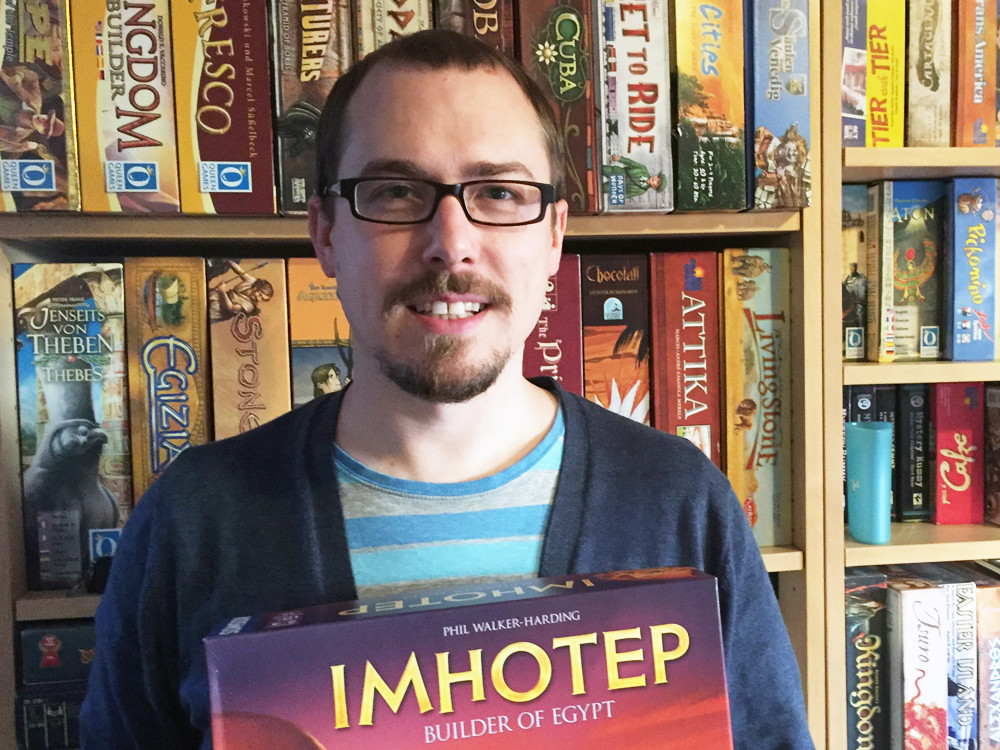
What is your favourite board game, game category and game that you’ve designed?
My favourite style of game would be all-ages strategy games – more casual games that can be played with just about anyone but still provide some great decision making. Some of my favourites are Carcassonne, Blokus, and For Sale. I also enjoy some more complex games like Race for the Galaxy and Tigris and Euphrates. It is very hard to pick my favourite game among my own, but the titles I suppose I enjoy playing the most still are Bärenpark and Gizmos.
Games Designed By Phil
What is the most enjoyable part of playing games for you?
Tabletop games have an amazing way of creating fun social experiences, even with people you don’t know very well. So I always enjoy watching this happen and being a part of it! As a designer, I love discovering new ideas and mechanisms in other designers’ games too.
If you were stranded on a deserted island with three people and could only bring five games with you, what would they be?
Believe it or not, I have actually been asked this question (well almost, it was about taking games into a cabin during the zombie apocalypse! This was on the 5 Games For Doomsday podcast by the way.) The games I chose were Race for the Galaxy, Blokus, Acquire, One Night Ultimate Werewolf, and Tobago.
What inspired you to design games?
When I was very young I made my own versions of board games, just for fun with paper and textas. So I think it has always been in my blood! But it was really getting into modern game design through German titles like Catan, Carcassonne, and Lost Cities that inspired me. Games like this amazed me with what was possible in a board game.
Where is the best place to start when designing a game? The theme, mechanisms, category or perhaps somewhere else?
Every designer is different and every project is different! I suppose you need to start where the spark of inspiration is for you. Sometimes that is a theme, sometimes a mechanism. For me, I usually find these days that I am picturing a moment in a game, an experience the players are having as my starting point. I then try to build the theme and mechanisms around providing this experience.
If you could travel back in time and give yourself advice when first starting, what would it be?
Hang in there! It took a lot of time and a lot of discarded designers for me to hit on some games that were really well received. Every design that doesn’t work does teach you something, and in fact this is how you learn and grow as a designer.
What advise would you give to others starting to design their first game?
It’s usually a good idea to start small in terms of the scope of the game. If your first attempt is a huge sprawling design with lots of components it can be a bit overwhelming to get a handle on it! I started out designing small card games and I think this was a great training ground. Having limits to your design can help focus and direct your creativity. I would also say, try and get your game out there when it is complete. Even if that means a free “print and play” or print-on-demand release. You learn so much from the feedback you will get once your game is out in the wild.
What is the most enjoyable part of designing a game for you? The designing phase, seeing the complete product or perhaps the release?
I think the most exciting part is wrapping up a design with a publisher and seeing it come together as a physical product. The first time I get to see the final artwork or a mock-up of the components is really great, because it feels like the moment the game becomes a real thing in the world. It is also fantastic to see people playing the game upon release of course. Social media has offered an amazing insight into people playing Sushi Go! all around the world, for example.
When designing a game, at what stage do you typically know that your design will be good/successful? Do you have any tips for other designers on how to benchmark their work as they progress?
That moment for me is usually during a playtest when I can tell the players are fully engaged and enjoying the game – as a game itself, not just as a prototype they are analysing. I think testing is the main place where you will see and feel that progress is being made. Testing with a wide range of people, watching their responses, and making changes when problems arise are all integral to taking a game from “it works” to “it’s great!”.
In your career of designing games, what are you most proud of?
I love that tabletop games have the ability to become part of shared culture. Certain games come to greatly influence growing up and how we interact with our family and friends. A big outlandish aim of mine is to make something that could stand the test of time in this way. So even though Sushi Go! is a long way from this, it has still been really gratifying to see it played widely in so many different countries. This feels like my biggest accomplishment right now.
Are you currently working on any new games?
Of course! I always have lots of games in development. In the last year or so I have been trying my hand at some new genres – party games and kids games. None of them are out yet, but hopefully they will be received ok! Matthew Dunstan and I are usually hard at work on the latest title in the Adventure Games series too. And as usual, my design notebook is filled with lots of little ideas that one day might turn into a game.
Thank you for your time, Phil. I have learnt a lot from this interview and will use your advice to design my first game. Additionally, I look forward to always being reminded of this opportunity and interview when I see one of your games on my game shelf.



